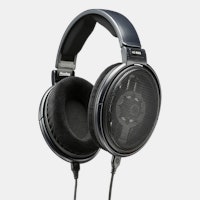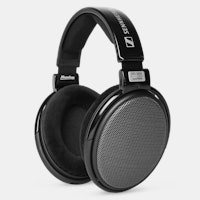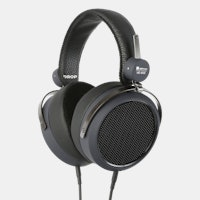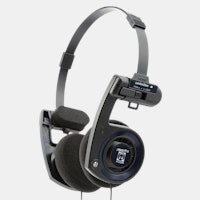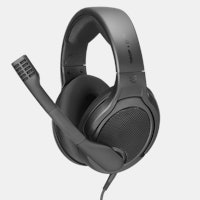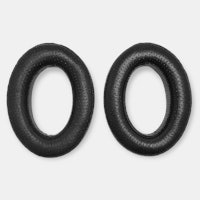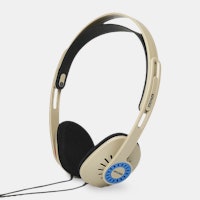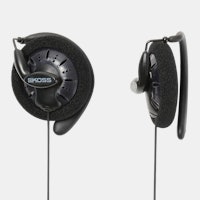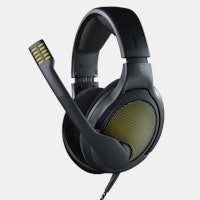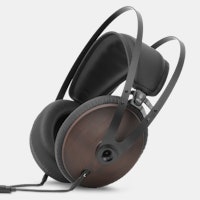Click to view our Accessibility Statement or contact us with accessibility-related questions
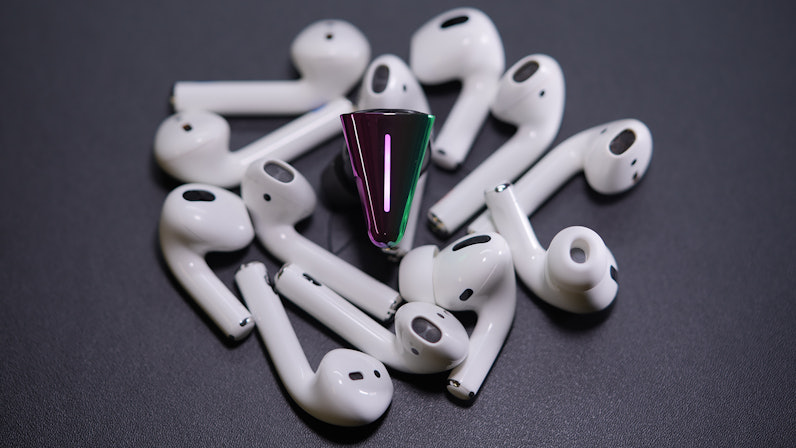
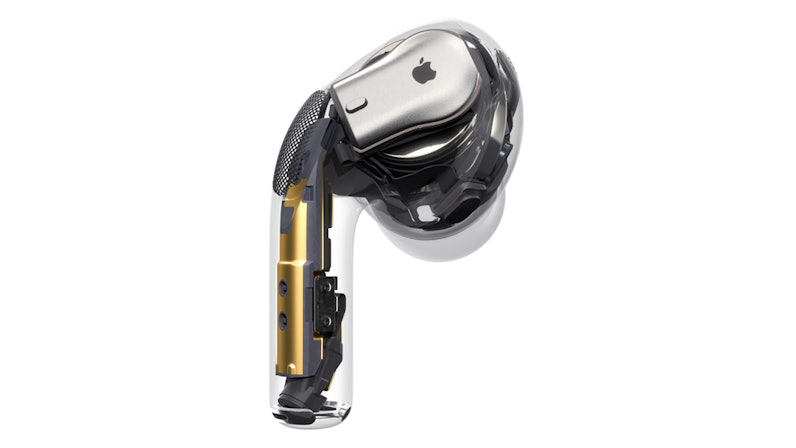
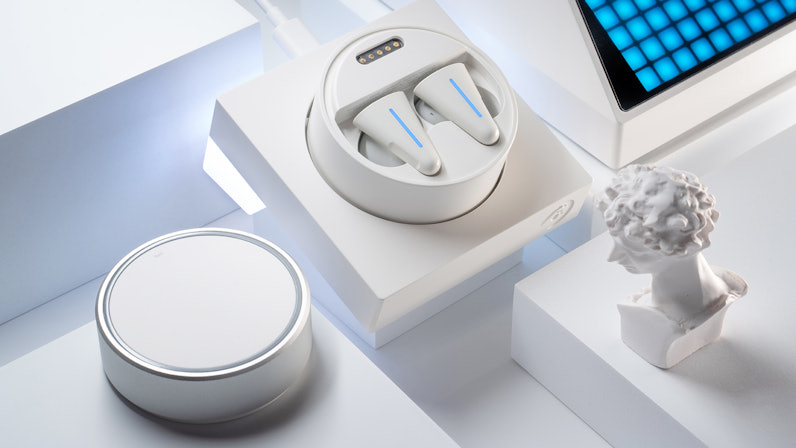
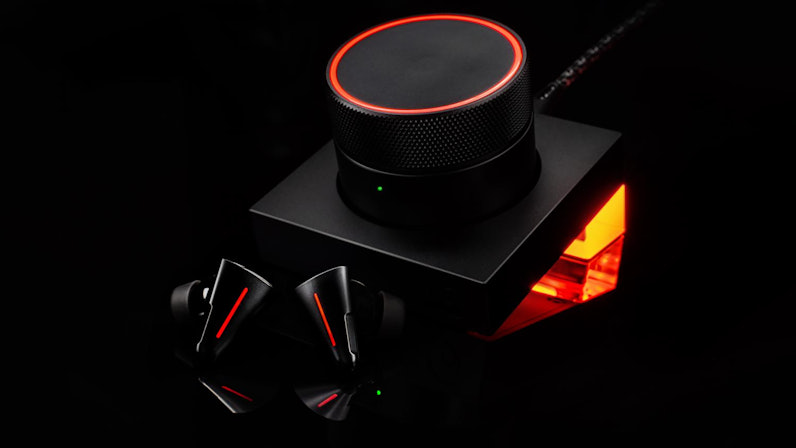
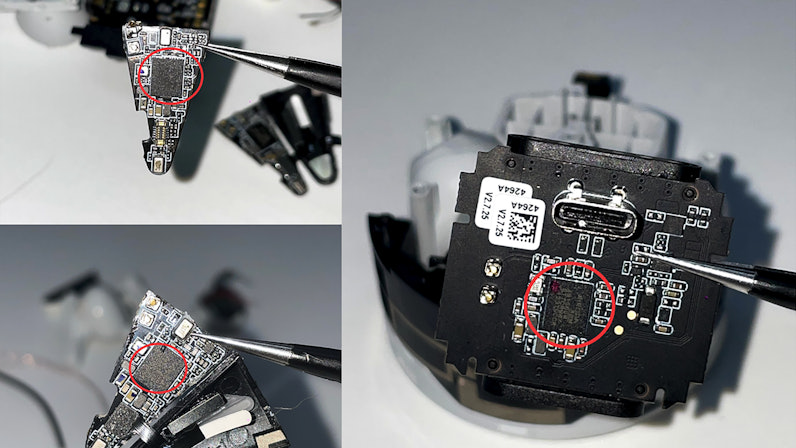
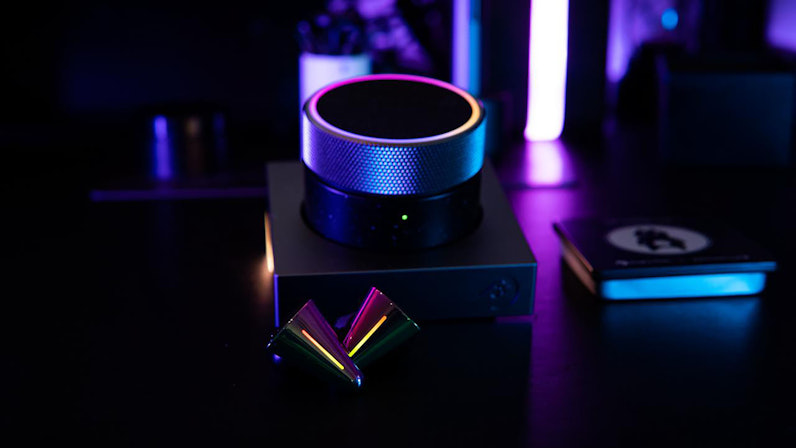
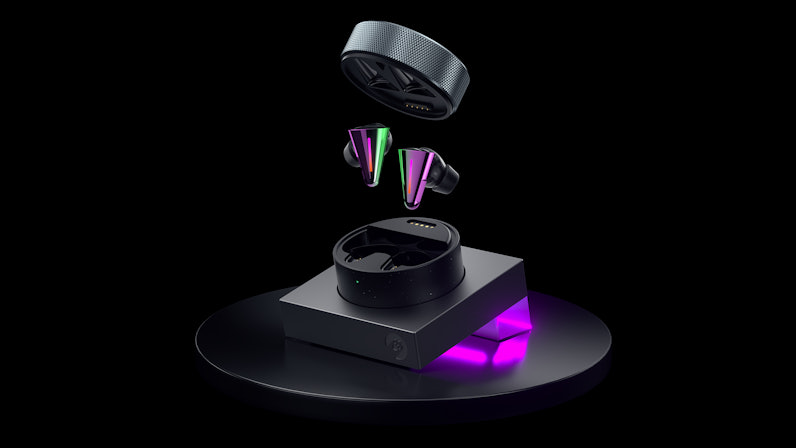





Angry Miao CYBERBLADE - Why Angry Miao makes wireless earbuds






- Gaming: Enhance your spatial awareness of footsteps and gunshots at ultra-low latency (more about this at 8AM, September 1 PDT on Kickstarter). Best utilized in fast-paced competitive FPS games.
- Movie: Virtual 7.1 based on HRTF technology brings 3D surround sound with improved spatial layering. Enjoy a more immersive experience when watching movies or playing AAA games with iconic sound effects.
- Music: Studio-level EQ, DRC and AGC algorithms, combined with fine-tuning from experts, for outstanding music performance.


(Edited)

search
close
Sort by: Newest
keyboard_arrow_down
Let’s get the conversation started!
Be the first to comment.
PRODUCTS YOU MAY LIKE
Trending Posts in Audiophile

yoooonashik
Understanding the Gigolo Job Industry
The gigolo job industry has gained attention in recent years, especially in countries like India. This article delves into the intricacies of this profession, exploring gigolo services, how to join...
Aug 30, 2024

alexrodas.gt
Good bass for a (not) bass-head
I already own the HD 58X Jubilee's. They're great for things with instrumentals and vocals, but the can definitely lag behind in genres that have more bass, say rock for example. I like bass as much as the next guy, but I'm not looking for Beats 😂. What do you recommend from what's on here today Aug 15/24? Meze 99? Ultrasone Signature X? HE-RD7X? Or, should I wait for some Beyerdynamics to come back in stock? I'd like to stay under ~$220. Thanks.
Aug 15, 2024
gmaxim
AEON X Closed
Custom colour matching stand, vented vegan leather stretchy top strap, XLR braided cable.
Aug 13, 2024

